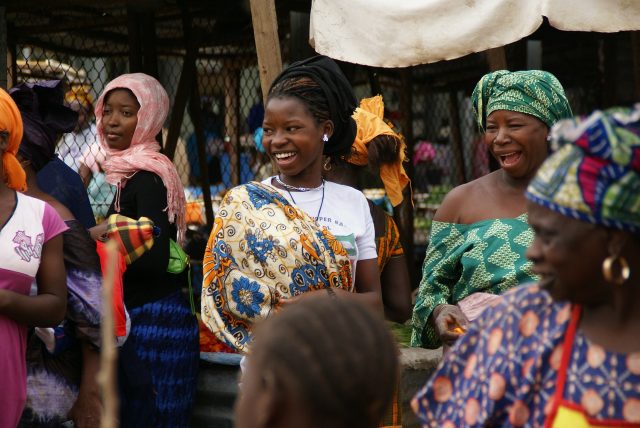The Wolof language, also known as Ouolof, Volof, Walaf, Waro-Waro, or Yallof, belongs to the Atlantic group of the Niger-Congo language family. It is spoken in such countries as Senegal, Gambia, and Mauritania. The population of speakers in Senegal is estimated at 5.2 million people.
Although linguists are not sure about the origin of the Wolof language, some of them believe that it came from Jolof empire established in the 14th century. Due to the spread of the deserts and some political reasons, the Wolof-speaking people were forced to move southward. In the 20th century, with a help of socioeconomic integration, urbanization, and inter-ethnic marriages, the Wolof language spread rapidly.
Despite the fact that the official language of Senegal is French, it is mainly used only by those people of the country who studied in colonial-style French schools. There are also numerous national languages spoken in the country. They are Balanta-Ganja, Jola-Fonyi, Mandinka, Mandjak, Mankanya, Noon, Pulaar, Serer-Sine, Soninke, and Wolof. It is worth to mention, that exactly the Wolof language rapidly becoming the lingua franca of Senegal. For many Senegalese, especially those who live in urban areas where they come in contact with each other, Wolof serves as a common language.
There are two main dialects of the Wolof language. The first one is spoken in Senegal and the second one is spoken in Gambia. Despite the fact that these two varieties of the Wolof language are considered to be mutually intelligible, there are some significant differences between them.
It is worth to mention that within Senegal, there are about five dialects of the Wolof language. They are Baol, Cayor, Dylof, Lebou, and Jander. Dialects differ from each other, as well as the language spoken in rural areas differs from Wolof spoken in urban areas. Also, it is worth to mention that in big cities such as Dakar, the Wolof language is heavily influenced by French and contains a larger number of French loanwords than other dialects. Also, despite the fact that there is no standard of the Wolof language, exactly the dialect spoken in Dakar is used in radio broadcasts.
It is interesting to know that depending on the area of usage, the Wolof language is influenced by different languages. For example, the Wolof language spoken in Senegal is mainly influenced by French, while the variety spoken in Gambia is mainly influenced by English.
When it comes to the written form of the Wolof language, it is worth to mention that before the period of colonization of Senegal, the written language was based on a variety of Arabic script known as Wolofal. Even today it is possible to find books written in Wolofal. Also, some people in Senegal, especially older people, still use the Arabic-based script.
Since the 15th century, the Latin-based script was adopted. It is important to know that today, the standardized orthography of the Wolof language uses Latin alphabet.




